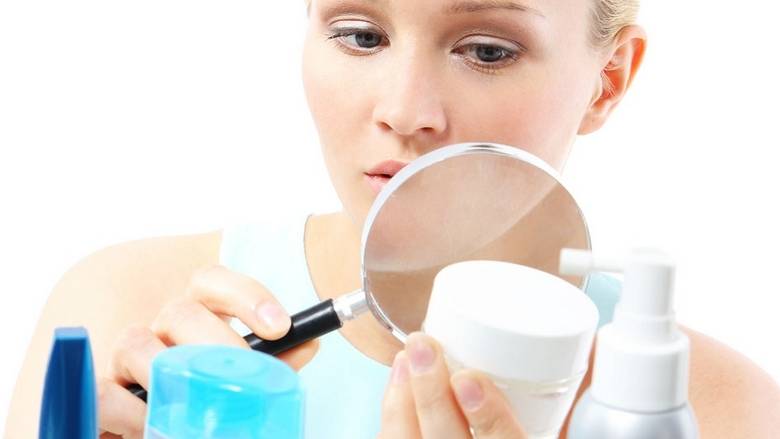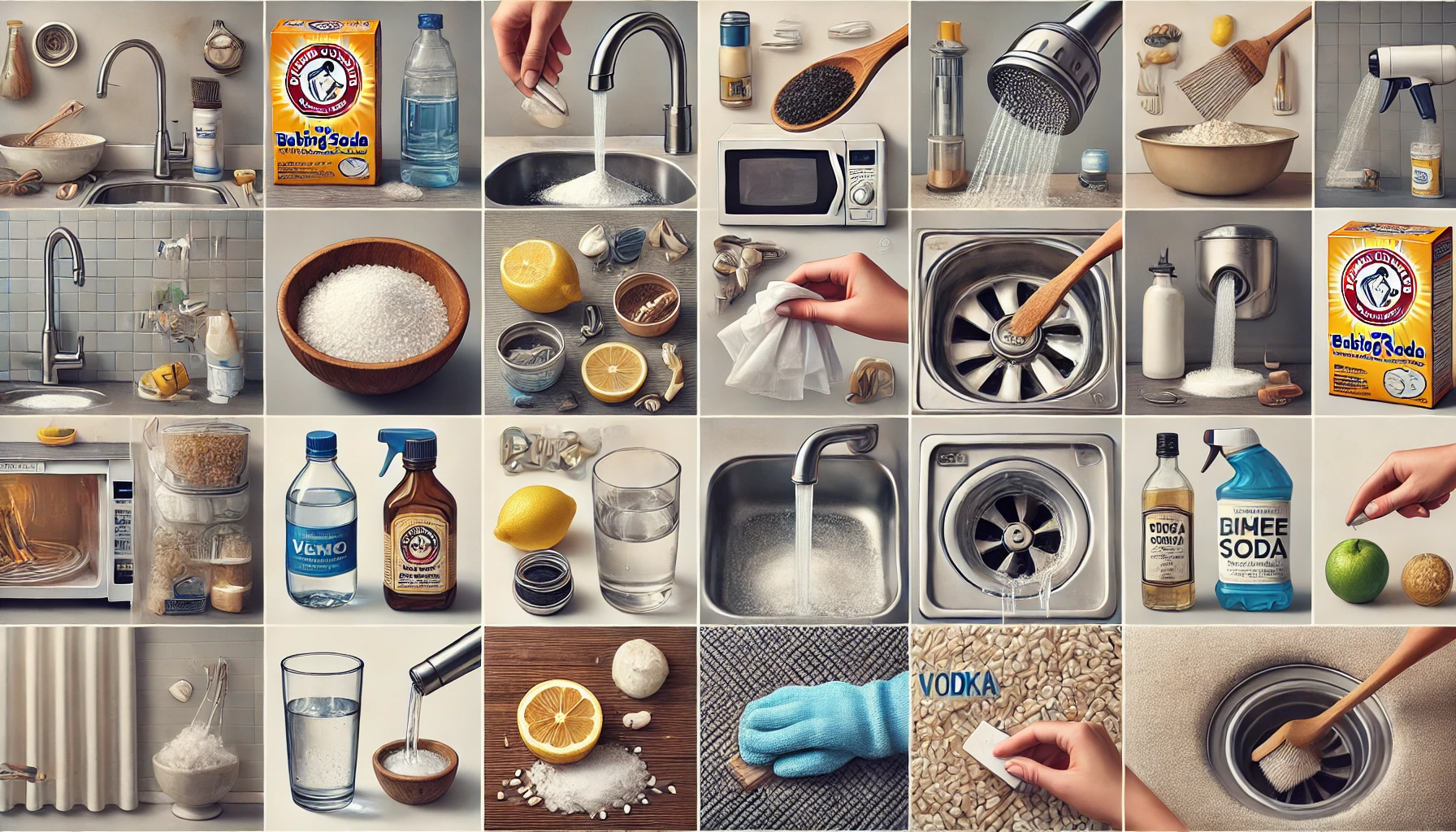When it comes to skincare, there are so many brands to choose from for a variety of skin types – it’s almost impossible to list the best moisturizers without leaving something spectacular out! Not to mention the geographic and financial restrictions that affect us all differently. So instead, we have decided to provide a list of the best moisturizing ingredients to help educate our readers and guide them along the journey to find the perfect moisturizer.
But first, what exactly is a ‘moisturizer’?
A moisturizer is used to soften and hydrate the skin, playing a pivotal role in smoothing out signs of aging such as fine lines and wrinkles. This generic term embodies the vast range of topical ointments, gels, creams, and emulsions that have a formula that includes occlusives and/or emollients, humectants, as well as additional ingredients. Before we can understand how to choose the best moisturizer, we need to understand what ingredients serve what purpose.

Occlusives and emollients
Occlusives form a protective layer on the surface of the skin to lock in hydration and prevent a loss in moisture. Common occlusive ingredients to look out for include: castor oil, cocoa butter, and macadamia oil.
Because of this characteristic, those with dry skin would benefit from these types of ingredients, especially in a night time moisturizing routine. Respectively, those with acne-prone or oily skin may want to avoid occlusives for other moisturizing agents such as emollients.
Emollients smoothen out and soften skin by filling in the cracks between dry skin cells. Common emollient ingredients to search our moisturizer labels include colloidal oatmeal, squalane, and Vitamin A and E.
There are also many common occlusive emollient ingredients, performing both moisturizing functions, such as jojoba, coconut, olive, and soybean oil; Beeswax, shea butter, and squalene.
These ingredients are said to be perfect additions to any moisturizer and consumers should look out for them when assessing potential product purchases.
Humectants
A humectant creates moisture in the skin’s surface in two ways; by attracting moisture from the external environment, and drawing moisture from deeper layers of the skin. Because of this type of ingredient’s ability to increase the skin’s water content, it is seen as a champion in the moisturizing game. Common humectant ingredients include Aloe Vera gel, hyaluronic acid, glycerine, sodium PCA, honey, eggs-whites, and yolk.
These ingredients are well suited for oily skin types and can be used during a daytime routine as well as the hot summer months. A good moisturizer still needs an occlusive and/or emollient element, not just the humectant (otherwise the skin will be too wet, become weak, and end up losing moisture!).
So now that we understand the three primary moisturizing agents used in moisturizer formulas, we can confidently seek out holistic solutions that best suit our individual skin. However, not all ingredients are created equally and some are certainly healthier than others.
What ingredients to avoid
When looking at ingredient lists of potential products, we should keep an eye out for ingredients that may hurt more than help. A few of these include either synthetic fragrance since these chemicals can cause irritation. Or Polyunsaturated Fatty Acids (PUFAs), which have a very short shelf life and can cause oxidative stress and damage (in the form of aging) to the skin. Or silicone (also known as dimethicone, trimethicone, dimethiconol, and cyclopentasiloxane), as this synthetic occlusive has been known to trap dead skin cells and excess oil, therefore, worsening spots and acne. Or petroleum derivatives (like liquid paraffin, paraffinum liquidum, liquid petroleum, and petroleum oil). These ingredients can dehydrate and damage the skin’s barrier.

It can be very difficult at times to find products that don’t have these ingredients, so if we can’t completely avoid these ingredients, the least we could do is use as little as possible. A general rule of thumb is to choose the products that have these ingredients lower down on the ingredient list, at least in tenth place or more.
So now we know all about what makes a moisturizer work, the best ingredients to look out for, as well as those we should try to avoid; all that is left is for you to find the best moisturizer for your face. Happy hydrating!









